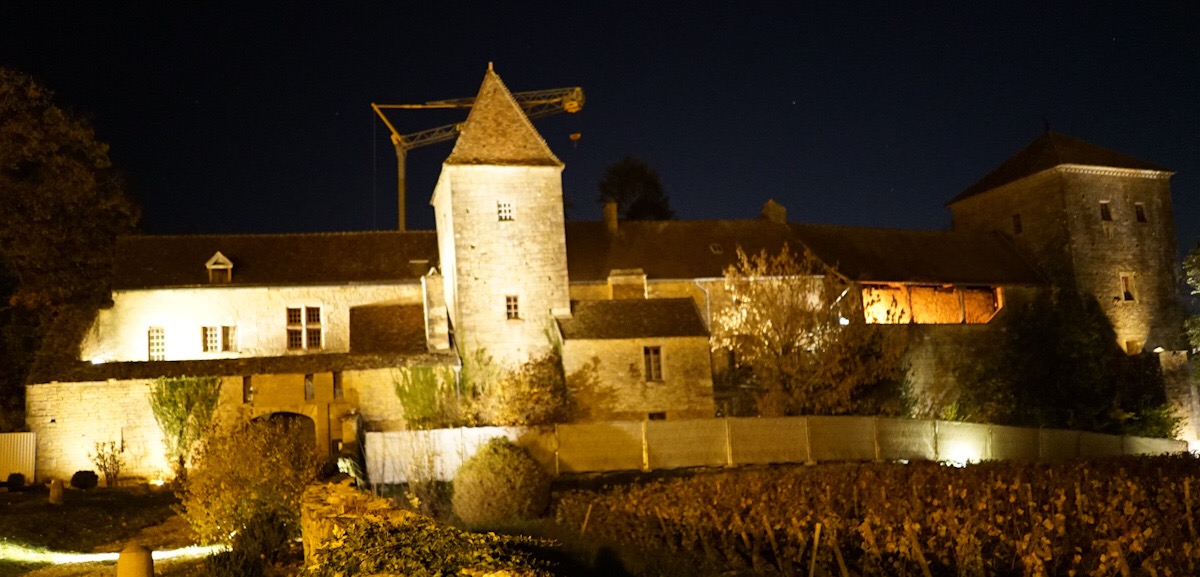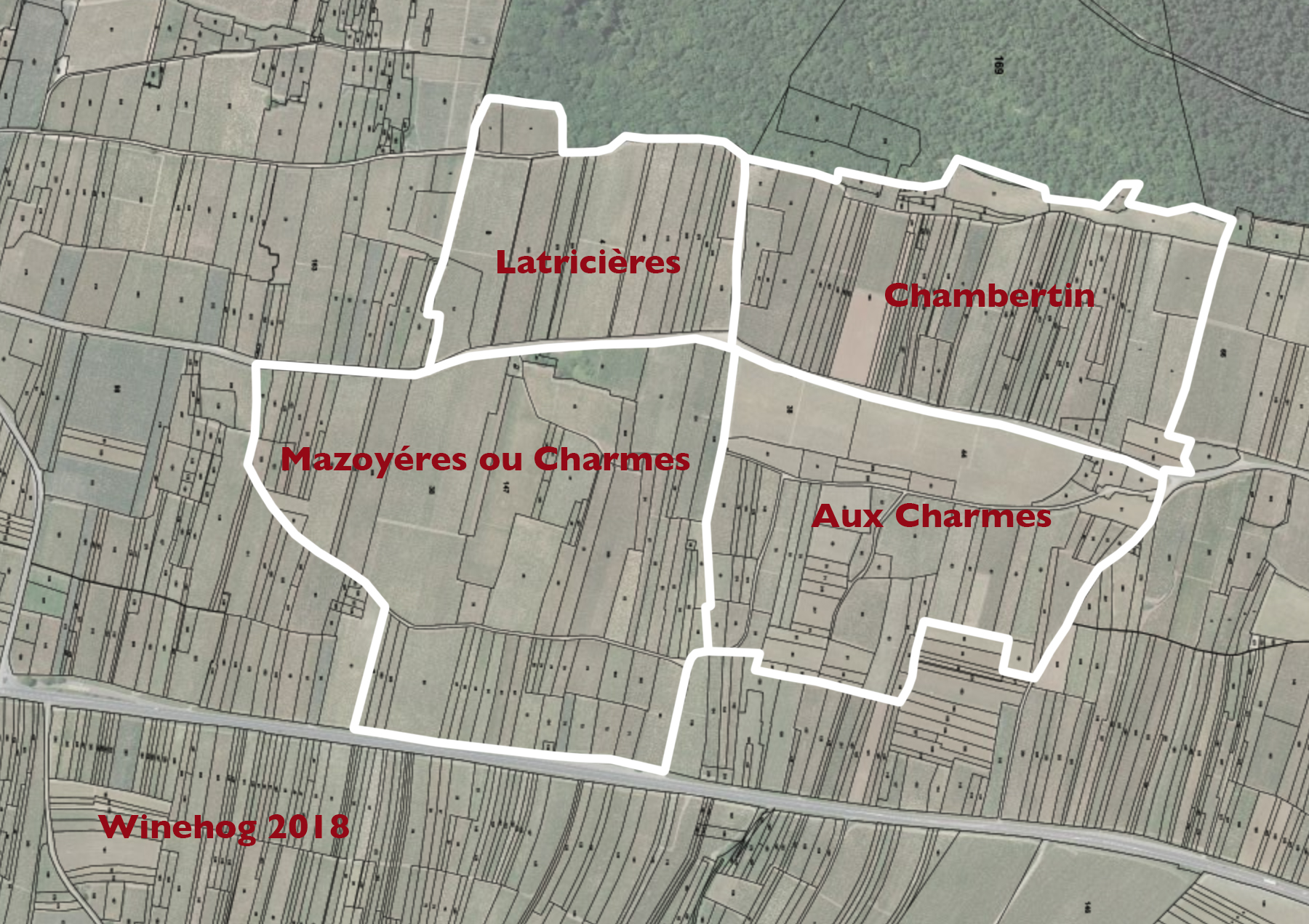The portfolio of Domaine Armand Rousseau is large and prominent, including some of the best wines made in the Gevrey-Chambertin appellation.
One wine is however somewhat overlooked and perhaps even a bit misunderstood and that is the Charmes-Chambertin.
The Charmes-Chambertin is the entry level Grand Cru at Domaine Rousseau, and is – one could say – made as such. It’s not made as the top cuvées with a relatively high percentage of new oak – and presumably even with a lighter hand the the big four.
The context is therefore different than many top end Charmes-Chambertins, as they are made as “top cuvées” and not as entry level grand cru. In a sense the Rousseau Charmes is comparable with the role of the Charmes-Chambertin from Dujac – a wine with little ambitions of being a top cuvée.

Chateau Gevrey-Chambertin – November 2017
This means that the Charmes-Chambertin of Domaine Armand Rousseau presumably is misunderstood by many – and seen as disappointing by some, as they expect a more intense and ambitious wine – that will rival some of the top cuvées from Charmes-Chambertin – like the ones from Claude Dugat, Bachelet, Dugat-Py.
The Rousseau Charmes-Chambertin is understated and discrete and show the basic qualities of the Charmes terroirs.
So lets take a closer look at the Rousseau Charmes-Chambertin.
Charmes-Chambertin and Mazoyéres-Chambertin
Lets start with the fundamentals: Charmes-Chambertin include two main sections, one called Aux Charmes (12.24 ha), located below Chambertin and the Route des Grands Crus and south of Griottes-Chambertin.
The other part Mazoyères ou Charmes (18.59 ha) – located south of Aux Charmes and below Latricieres Chambertin and Gevrey-Chambertin Aux Combottes. The Mazoyères section stretches from Route des Grands Crus and in some places all the way down to RN974. The wines from the Mazoyères section can be sold as both Mazoyères-Chambertin and Charmes-Chambertin.
The Armand Rousseau Charmes-Chambertin comes from both the Aux Charmes and the Mazoyères section of Charmes.
You need to login as a Premium subscriber to read the rest of this article. If you are not a Premium subscriber, use the subscribe function and sign-up.


 - A true vin d’émotion – a Burgundy of passion
- A true vin d’émotion – a Burgundy of passion - A truly hedonistic wine – lively and enjoyable
- A truly hedonistic wine – lively and enjoyable - A vivacious wine for pure indulgance
- A vivacious wine for pure indulgance - A Vin Vif - fresh, energetic and with a light appearance
- A Vin Vif - fresh, energetic and with a light appearance
Sir –
Another really interesting and fantastic write-up.
One thing I notice is that you create a relationship between the quality of a wine, or, at least, the prestige that a domaine gives one of its wines, and the use of new oak: “The big four and especially the big three show more ambitions of greatness, employing more new oak – demanding more time to unfold.” I understand that there is often a correlation between the prestige of a wine in a domaine’s stable and the percentage of new oak it receives. But I wonder if the new oak is necessary for the production of a truly greater wine. Which is to ask: Is using a greater percentage of new oak really necessary to make the Rousseau Charmes an even greater wine than it is?
Best,
SH
I think Rousseau is doing a great job – having a flexible approach to oak – even on the Grand Crus. Clearly the Beze and the Le Chambertin would be great regardless – but thet can absorb the extra new oak – and will in the end make a great wine. The Charmes however – is more understated –
To your question – I never seen Rousseau as oaky – and dependend on the oak, they offer a lovely balance. Would the work with less oak – presumanbly – but why? The work perfectly it seems.